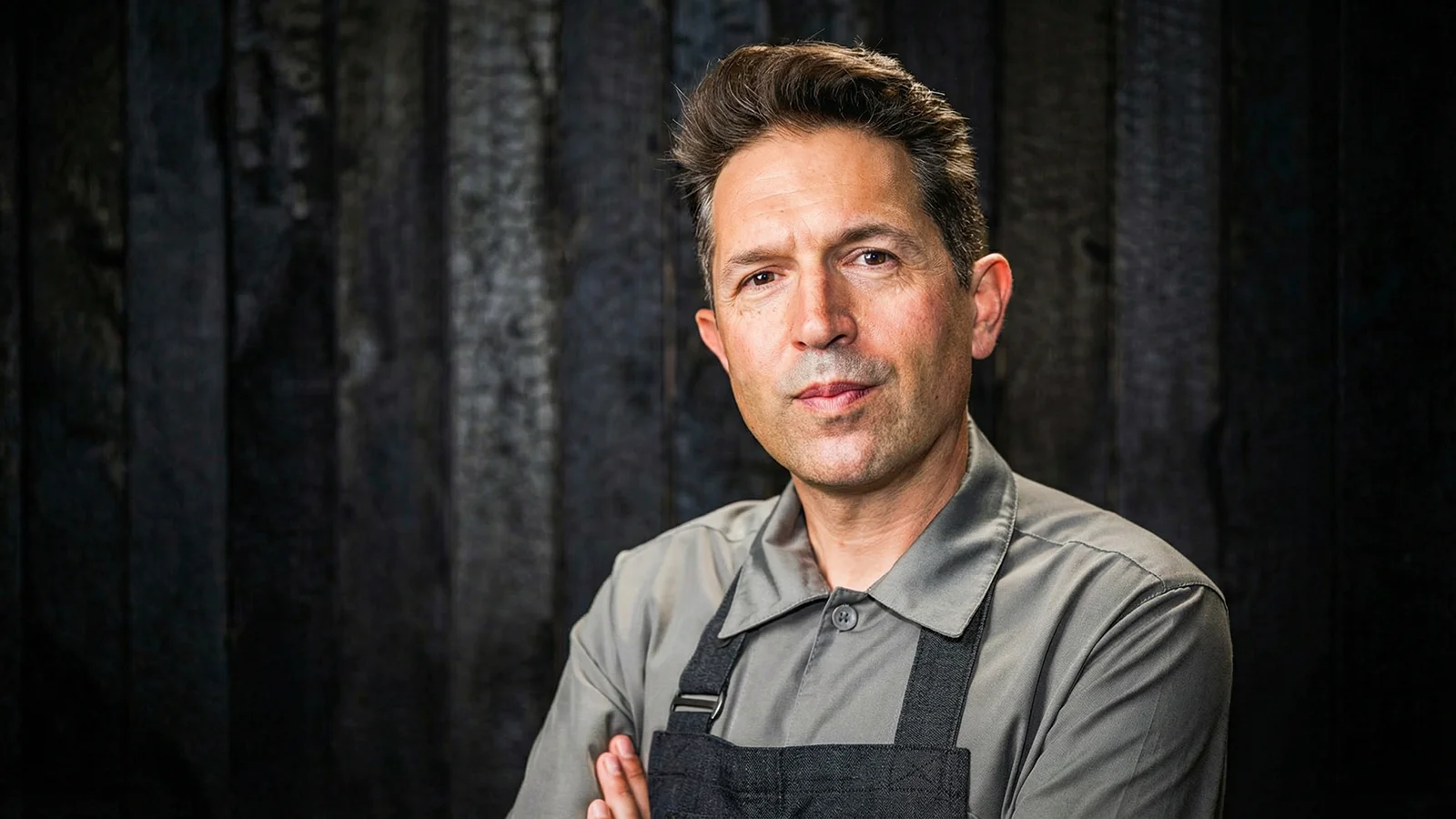Forward-thinking leaders are redefining success by embedding mental health into the core of business strategy, proving that wellbeing isn’t just good for people, it’s the new engine of performance and competitive advantage.
For decades, the corporate world treated mental health as a personal issue. Today, it’s a performance issue, one that defines whether businesses can attract talent, sustain innovation and retain people long enough to thrive.
On this World Mental Health Day, new data from Australia and New Zealand underscores an undeniable truth: mentally healthy organisations don’t just feel better, they perform better.
In Australia, psychological injuries now account for 10.5 per cent of all serious workers’ compensation claims, nearly double a decade ago, according to a report by Safe Work Australia. Psychological injuries keep employees off work four times longer than physical ones.In New Zealand, workers diagnosed with anxiety lose an average of 68 productive days each year, according to TELUS Health Mental Health Index, while more than 40 per cent show high mental-health risk.
The numbers reveal a stark economic equation. Unchecked stress and burnout erode both wellbeing and output. Yet they also signal opportunity, the chance for leaders to transform mental health from a compliance issue into a competitive advantage.
The Leadership Imperative
Dr Tim Sharp, known across Australia as Dr Happy, has spent decades helping leaders understand the psychology of performance. As a leading expert in positive psychology, and founder of The Happiness Institute, he believes leaders play a pivotal role in shaping the psychological climate of their teams.
“When managers prioritise mental health through empathy, open communication, and workload balance, teams experience higher engagement, creativity, and retention. Over time, this creates what psychologists call a positive psychological climate, a culture where trust, wellbeing, and performance reinforce one another,” says Dr Sharp.
The message is clear, that culture is created from the top down. Leadership behaviours determine whether a workplace becomes a pressure cooker or a launch pad for growth.
The High-Performance Paradox
After 11 years in the NRL representing Queensland and Australia, David Shillington, founder of Adjacency Group and healthtech company Prime Effect, says the biggest lesson he learnt from elite sport is the importance of dual accountability, shared responsibility between individuals for both performance and wellbeing.
“It’s easy for individuals to blame workload or leadership for burnout,” he says, “but it’s equally unfair for employers to expect people to cope no matter what. Dual accountability means both sides have a role to play.”
Shillington argues that while employees must manage their own energy and recovery, leaders must design roles that balance business needs with human needs, maintain open communication, and manage fairly under pressure.
“This isn’t about lowering standards,” he adds. “The best teams on the field or in business, push hard, but they do it with respect and safety.” His philosophy is simple: “When individuals invest in themselves and organisations invest in their people, everyone wins, no matter the field.”
Culture in Practice
That balance between wellbeing and performance is central to Employment Hero, which supports more than 350,000 businesses across Australia, UK, New Zealand and Canada with HR, payroll, and talent solutions.
According to Liam D’Ortenzio, the company’s Head of Performance Operations, creating a mentally healthy workplace starts by practising what they preach.
“At Employment Hero, we have the privilege of supporting hundreds of thousands of businesses, but that commitment starts with how we manage our own,” D’Ortenzio says.
Building a high-performance culture isn’t about relentless output; it’s about creating the conditions for people to perform at their peak in a sustainable way. Wellbeing shapes how we hire, how we enable and support our teams, and how we develop every Hero to achieve lasting excellence.
Among Employment Hero’s initiatives are access to an Employee Assistance Program and wellbeing technology like wellness technology, to ‘Leisure Rules’ days that recognise effort and promote recovery.
“When mental health is embedded in culture, it doesn’t just lift productivity, it strengthens longevity, resilience, and impact.” In an age when attrition and burnout drive record turnover, that longevity may be the most undervalued metric of all.
Beyond Coping
While many workplaces now promote mental-health programs, Chris Raine, founder of Hello Sunday Morning and Clean Slate Clinic, and now Director of Peridot Clinic, warns that much of corporate wellbeing still treats symptoms, not causes.
“Most workplaces quietly expect people to medicate or self-medicate just to cope,” Raine says. “We’ve normalised survival instead of wellbeing.”
At Peridot Clinic, Raine and his team take a trauma-informed approach, helping clients address the stress beneath the surface. “When people heal rather than suppress, their capacity to lead and create expands,” he explains. “That’s what real workplace wellbeing looks like.”.
The Future of Mental Health at Work
As technology reshapes the modern workplace, mental health care is evolving too.
Richard Eve, Co-Founder of Qualia, is building a digital mental-health clinic and believes the next frontier lies in combining human expertise with AI support to make care more effective and scalable.
“As the value of task-level human intelligence approaches zero, the value of emotional intelligence, connection, and empathy will become increasingly sought after,” says Eve.
“Human experts trained in understanding the human condition and healing through relationships will be increasingly valuable; and creating a precision-orchestrated service that can deliver this, alongside AI support, will outcompete both AI-only startups and incumbents.”
Eve’s mission is deeply personal and generational. “We’re scaling expert care and connection to reverse one of the most destructive trends in health,” he adds. “More than 35 per cent of young people now experience a mental-health disorder each year, and rates have more than doubled in a decade. This can’t continue.”
His argument reframes technology not as a threat to empathy, but as a tool to extend it, enabling access to care that’s both human and scalable.
From Awareness to Architecture
Taken together, these perspectives reveal a new model for modern leadership.
Mental health at work is no longer about free fruit, yoga apps, or annual awareness days. It’s about architecture, the design of systems, habits, and leadership practices that allow people to perform at their peak without burning out.
Businesses that get this right will outlast those that don’t. They’ll attract talent who see wellbeing not as a perk, but as proof of values in action. They’ll innovate faster because their teams will feel safe enough to speak up, and strong enough to take risks.
As World Mental Health Day reminds us, performance and wellbeing are not opposites, they’re interdependent forces. The most successful leaders of the next decade won’t just manage mental health, they’ll champion it, recognising that a healthy mind is not just a human right, it’s a business advantage.
























